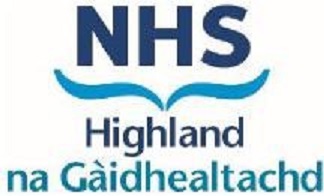Acute Otitis Media (AOM) (Antimicrobial)

What's new / Latest updates
28/09/23 - Review completed and in line with NICE Guidance and Clinical Knowledge Summary – added recommendation for local anaesthetic and analgesic ear drops (Otigo®) to be used when an immediate antibiotic is not required.
Haemophilus is an extracellular pathogen, thus macrolides, which concentrate intracellularly, are less effective treatment.
Optimise analgesia and target antibiotics.
AOM resolves in 60% in 24hrs without antibiotics, which only reduce pain at 2 days (NNT15) and does not prevent deafness.
FIRST LINE: consider eardrops containing an anaesthetic and an analgesic for pain if:
- an immediate oral antibiotic prescription is not given and
- there is no eardrum perforation or otorrhoea.
Review treatment if symptoms do not improve within 7 days or worsen at any time.
Consider 2 or 3-day delayed or immediate antibiotics for pain relief if:
- <2 years AND bilateral AOM (NNT4)
- OR bulging membrane or symptom score above 8 for: fever, tugging ears, crying, irritability, difficulty sleeping, less playful, eating less
(0 = no symptoms, 1 = a little, 2 = a lot).
Provide safety net advice.
NNT
- All ages with otorrhoea NNT = 3.
- Antibiotics to prevent mastoiditis NNT >4000
For further information on children see Empiric Antibiotic Therapy poster.
For glossary of terms see Glossary.
Drug details
Ear drops with anaesthetic and analgesic (confirm no eardrum perforation or otorrhoea)
Phenazone 40mg/g with lidocaine 10mg/g (Otigo®) ear drops - apply 4 drops two or three times a day.
For up to 7 days
